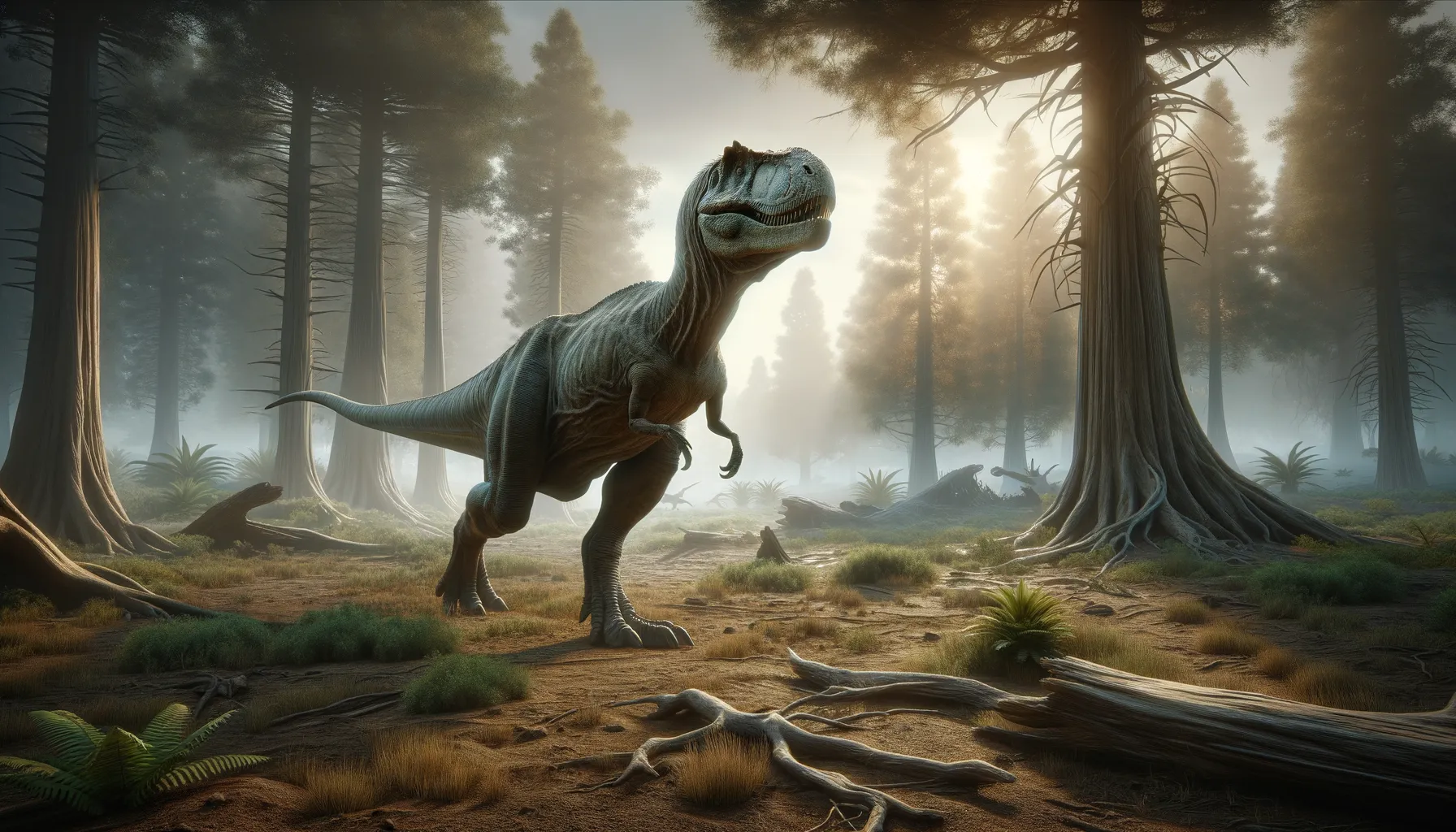
Zanclodon
An early predator of the Triassic era.
Period
Triassic
Length
Approximately 6 meters long.
Height
Around 1.5 meters tall.
Weight
Estimated to be around 200 kg.
Zanclodon was an early theropod dinosaur from the Triassic period. Known mainly from fragmentary remains, its fossil records suggest a creature capable of bipedal movement. With a large body compared to its height, Zanclodon provides valuable insight into dinosaur evolution during a time when these creatures were starting to dominate the land. Its discovery marked a crucial step in understanding the diverse ecosystem of the Triassic period.
Diet
Zanclodon was likely carnivorous, feeding on smaller reptiles and early mammals. Its diet would have included the abundant small prey found in its Triassic habitat.
Hunting
As a predator, Zanclodon may have used its speed to chase down prey. It likely relied on stealth and surprise, as its physical build suggests moderate hunting capabilities.
Environmental challenges
During the Triassic, dinosaurs faced numerous environmental challenges. Fluctuating climates and the competition for resources were constant. Periodic dry spells would have affected food availability, pushing Zanclodon to adapt its hunting and scavenging behaviors.
Speed
Estimated to have been moderately fast for its kind.
Lifespan
Exact lifespan is unknown; typical for Triassic reptiles.
First discovery
Discovered in the mid-19th century in Europe.
Fun Facts
- Zanclodon was initially thought to be a dinosaur, but it is now considered a poorly known prehistoric reptile from the Triassic period.
- The name 'Zanclodon' means 'sickle tooth', named after the shape of its teeth that were discovered.
- Fossils of Zanclodon have primarily been found in what is now Germany.
- Due to the limited fossil evidence, Zanclodon's exact appearance and classification remain a bit of a mystery in the paleontological community.
- The first fossil attributed to Zanclodon was discovered in the 19th century, highlighting how paleontology has evolved over the years in understanding prehistoric life.
Growth and Development
Zanclodon's growth was likely influenced by the availability of food and environmental conditions. As a theropod, it would have experienced rapid growth during its early years, a common trait among predatory dinosaurs. Osteological studies suggest a complex system of growth, potentially involving seasonal variations.
Habitat
Zanclodon inhabited forested and riverine environments. These ecosystems provided ample cover and resources, crucial for its predatory lifestyle. The dominance of conifers and cycads during the Triassic era offered both shelter and prey opportunities.
Interaction with other species
Zanclodon likely competed with other theropod species for food. Its interactions with prey and competitors would have shaped its hunting techniques and social behaviors. It might also have played a role in shaping the ecosystem by controlling populations of smaller animals.
Natural lifespan
Zanclodon's natural lifespan was possibly several decades.
Reproduction
Zanclodon, like many theropods, likely laid eggs. Nesting behaviors may have included using vegetation to camouflage nests. Little is known about parental care, but some theropods are believed to have exhibited protective behaviors.
Social behaviour
Zanclodon may have been a solitary hunter, as is common among predatory dinosaurs. Any social behavior would likely have been limited to mating and territorial disputes. Evidence of pack hunting in theropods suggests possible occasional group interactions.
Fossil locations
Zanclodon fossils have been predominantly found in European sites, particularly in Germany. Discoveries of fragmentary remains have helped piece together its evolutionary significance. The spread of its fossils adds to the understanding of dinosaur distribution during the Triassic.
